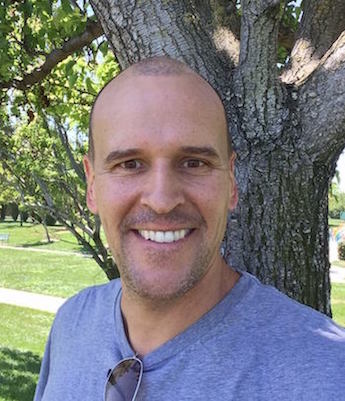 Reading as a Writer
Reading as a Writer
The first book I have a conscious memory of is Make Way For Ducklings. I can distinctly remember as a Pre-K being pressed against my mother’s side as she read it to me. We sat on a yellow sofa in our family’s living room, the sun streaming in a window. Or maybe that sofa was robin’s egg blue? That tidbit is a bit unclear, but no matter. Thus began a lifelong love of books.
Reading brings me joy. When it comes to books, I’m down for just about anything—biographies, detective novels, literary fiction, science fiction, fantasy—you name it. Practically every day of my life, one book or another has occupied a spot on my nightstand.
Like a lot of book lovers, I always had a vague notion that one day I would write something myself. And by something, I mean fiction. But I never got around to it, at least not until I hit middle age. That’s when I was working in the corporate communications department at a tech company in Silicon Valley. Each week I would go to lunch with two of my co-workers. Like me, they both wrote for work—webpage articles, speeches, press releases, video scripts—that sort of thing. But unlike me, they were also writing fiction on the side (novels and short stories). One day, one of them asked me, “Dude, when are you going to write something?”
The gauntlet had been dropped.
I took up the challenge by trying to write a short story. I’d spent a career writing, a little story would be easy, right? It wasn’t easy. In fact, it was a total bitch. I had no idea where to begin, let alone how to structure a story. Voice, perspective, narrative structure—these and other concepts vital to successful fiction writing were alien to me. I needed help.
I found help through a short story class offered by Stanford Continuing Studies. In that course, the instructor led us as we workshopped stories written by the students, including one of my awful pieces. We also read and dissected published short stories. Both of these exercises were very instructive. But it was really an offhand comment the teacher made that set me on the right path: Most writers get their start by imitating authors they love, he said.
“Good artists copy. Great artists steal.”
The above quote—although maybe apocryphal—is credited to Pablo Picasso. Did Picasso actually steal ideas? I don’t know. But there is no doubt that other artists influenced him. Writers are just the same. Consider…
In the 1950s, when Hunter S. Thompson was working for Time Magazine, he is rumored to have typed out every word of both The Great Gatsby and A Farewell to Arms, just so he could learn the authors’ writing styles.
Haruki Murakami—one of my favorite writers—has said that his ideal of fiction is to: “Put Dostoevsky and (Raymond) Chandler together in one book.”
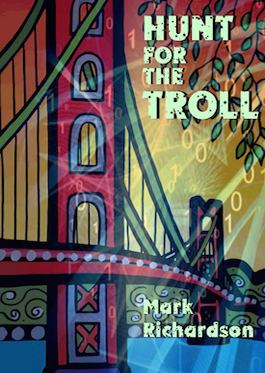 I’m currently reading a novel called, Gun, With Occasional Music (it’s excellent), and the author, Jonathan Lethem, has said that he “… wanted to locate the exact midpoint between (Philip K.) Dick and Chandler.”
I’m currently reading a novel called, Gun, With Occasional Music (it’s excellent), and the author, Jonathan Lethem, has said that he “… wanted to locate the exact midpoint between (Philip K.) Dick and Chandler.”
So what does this mean for me?
Well, after a few dismal attempts at writing a short story, I finally penned one that I considered to be decent. It’s called “Tattoo Woman,” and I pulled it off by essentially copying the length and structure of a story from The New Yorker (I no longer remember that story’s name, but it took place in India, and the word elephant was in the title). Anyway, I counted the exact number of words in the story. I closely examined how the author nudged the plot along. I looked at how he started it, how he ended it. And then I built a story that followed the path he’d laid out.
I hadn’t planned on submitting it for publication, because I considered it too derivative, but after showing it to my two writer friends I changed my mind. They, to my surprise, couldn’t see the similarities between the two stories. Although I had been greatly influenced by the structure another writer used, I had still created something unique.
I have since written and published a handful of short stories, and recently had a novel published. And I continue to be a voracious reader, although I no longer just read for enjoyment, but also as a means of exploration. With each book, I find myself circling passages, stopping to re-read portions, examining plot structures, marveling at strands of dialogue, and closely examining other elements of craft.
Unlike a lot of today’s fiction writers, I never got an MFA. Outside of the kick-start I got through the class at Stanford, my writing path is mostly autodidactic. Still, I suspect my approach is not that much different from what is taught in those programs. I read authors I enjoy and try to learn from them. Along the way, I’ve worked to refine my own voice. But I still copy. And yeah, maybe now and then I even steal…if just a bit.
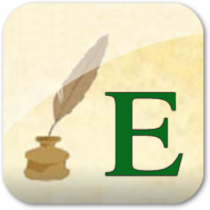




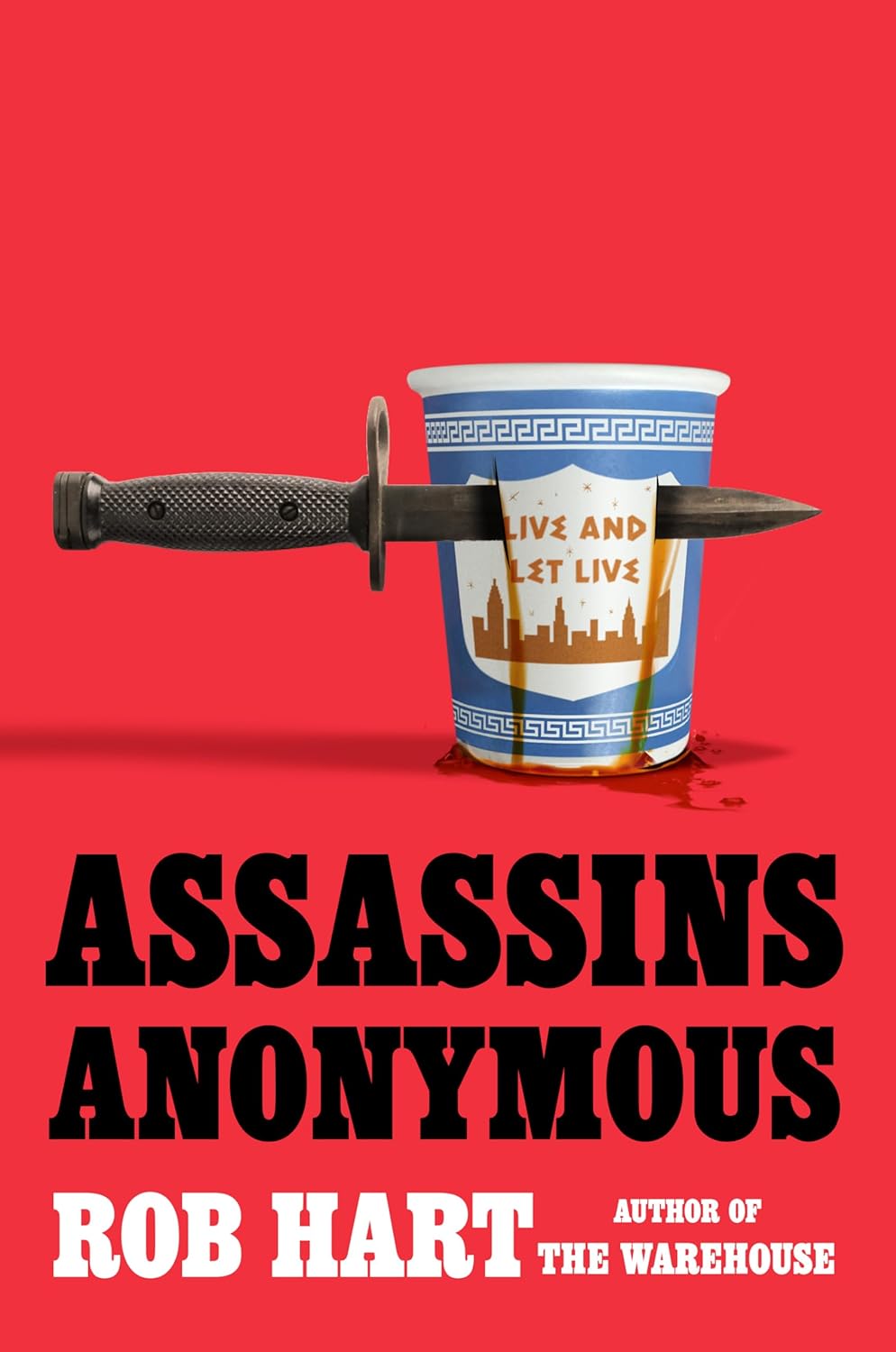
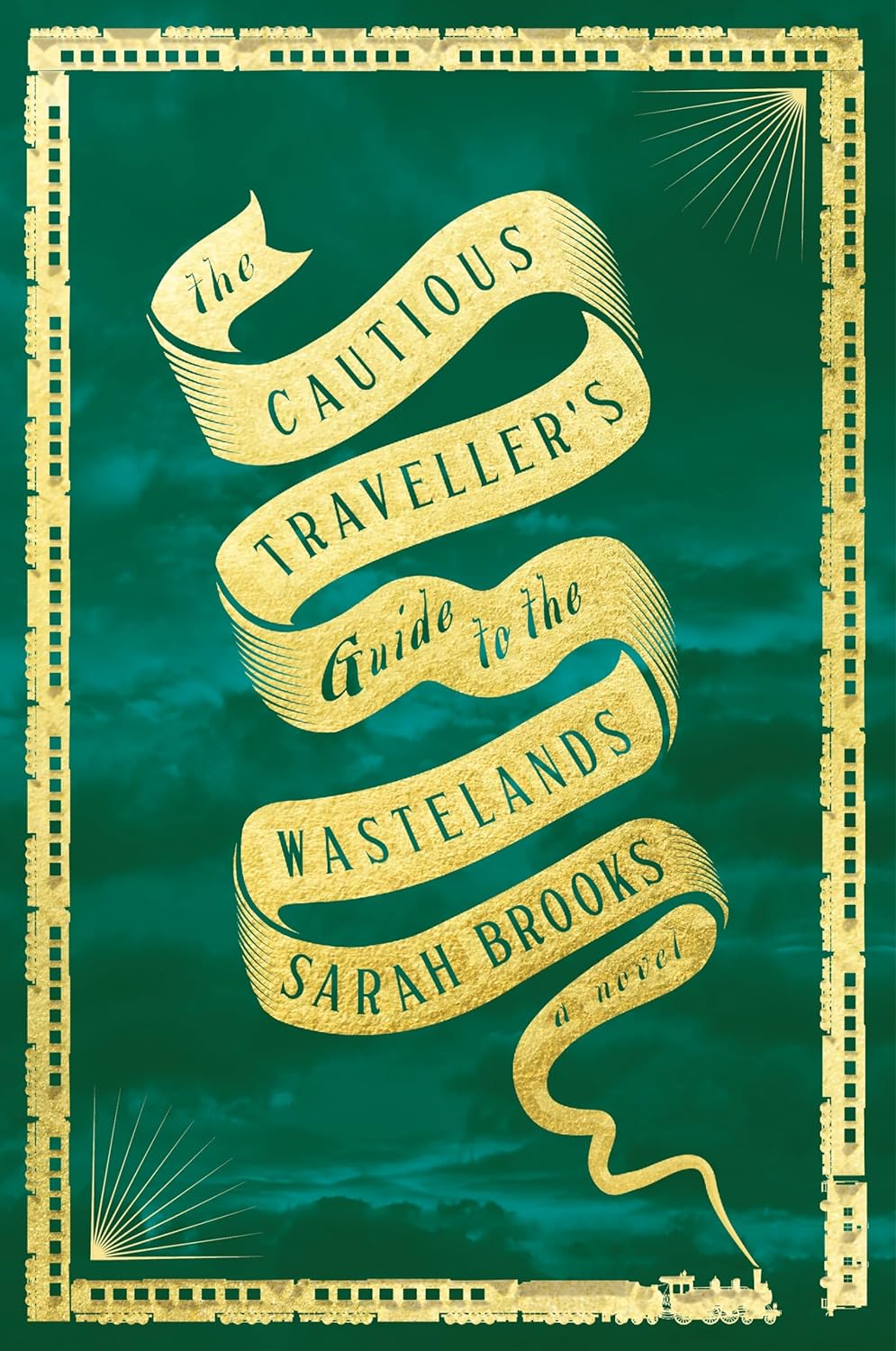
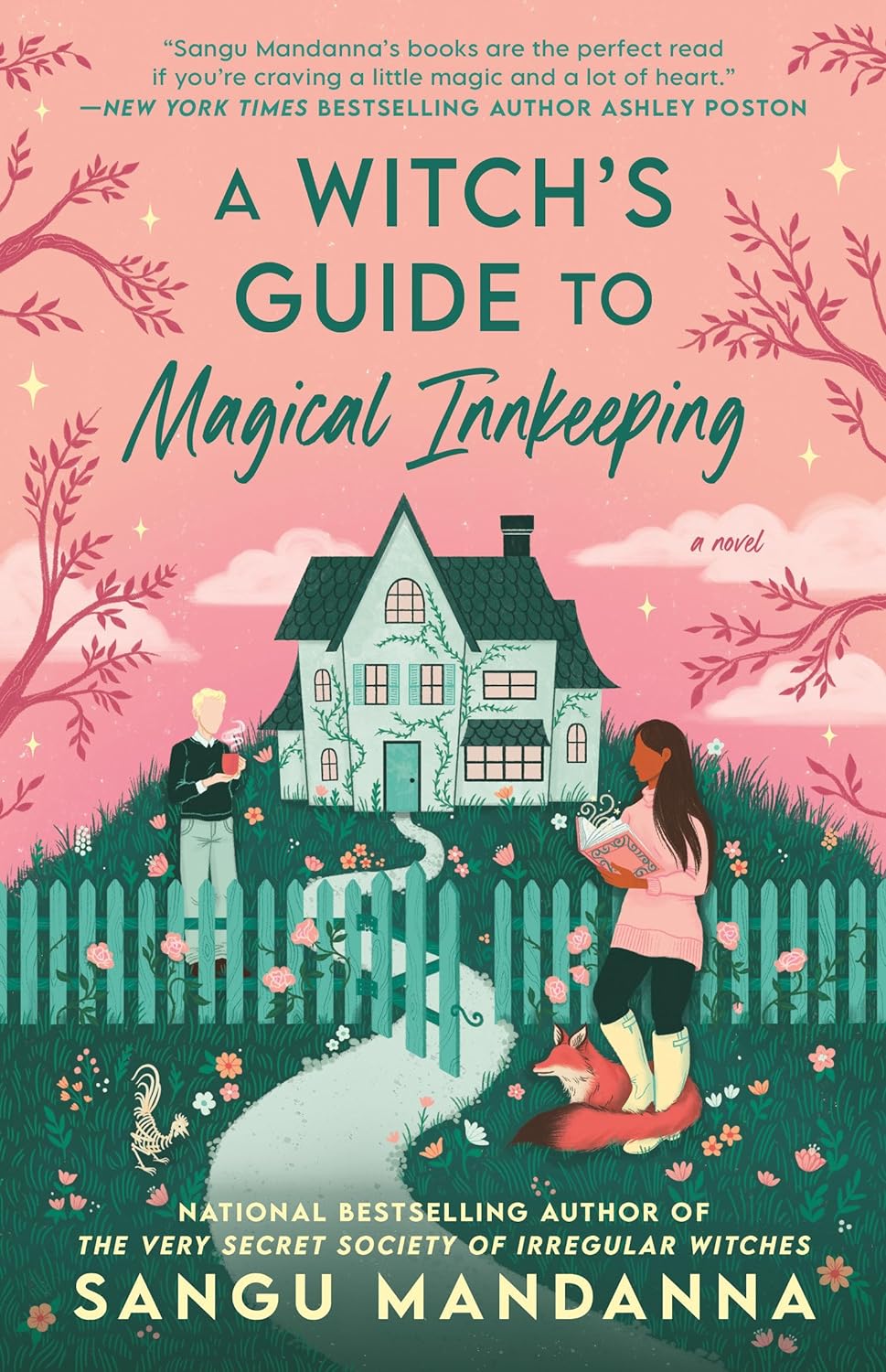
No comments yet.